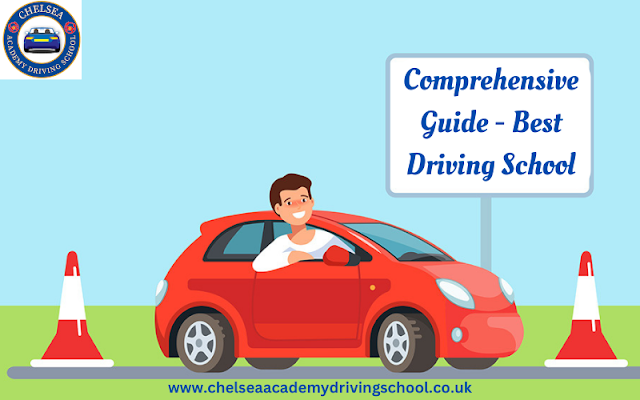Top 10 Roundabout Tips to Help You Pass Your Driving Test
Roundabouts
are commonplace on the roads in the UK; they help traffic
continue to flow in a controlled environment and generally reduce the incidence
of high-speed collisions. However, in spite of their safety advantages, many
new learners find roundabouts difficult to get used to at first, as there are
often a plethora of other vehicles, lanes, exits and fast-moving traffic mixed
with shared educational roundabout traffic.
Understanding the correct ways to approach,
signal, and exit is necessary for safe and confident driving.
1.
Understand the Function of Roundabouts
Once you get your head around their function, you will approach them with a
completely different mindset, and start to objectively consider their function
more as a means to manage traffic than as an obstacle.
2. Get
Familiar with lane discipline
• Left lane: for left turns or the first exit.
• Middle lane: for going straight ahead.
• Right lane: for turning right or going full circle.
Once you are positioned in the correct lane,
simply stay there until you exit. Do not change lanes while in the roundabout,
this will confuse the other users and create dangerous situations.
3. Give
Way to the Right
In the UK, vehicles approaching from the right always have priority. As you
approach:
• Slow down in plenty of time.
• Look right and wait for a safe gap.
• Avoid unnecessary rush or procrastination.
A balanced, confident approach keeps traffic flowing smoothly and avoids
near-misses.
4.
Signal Correctly
• To turn left (first exit): signal left as you approach
• Going straight ahead: no signal when entering then signal left after passing
the previous exit.
• Right turn: signal right on approach, then left just before exiting.
5.
Maintain Safe Approach Speed
Approach roundabouts carefully. Approaching too quickly may reduce your ability
to judge traffic; approaching too slowly may disrupt flow.
Normally, second gear will suffice for approach, but for small roundabouts, you
might want to use first. Remember, smooth is better than fast; slow, consistent
driving shows confidence and control.
6. Keep
a Safe Following Distance
Leave sufficient space between you and the vehicle in front. The vehicle in
front may slow down, come to a sudden halt, or change direction.
Use the two-second rule in dry conditions, and double it in wet or icy
conditions, because it gives you the time to react calmly.
7. Stay
Aware of Other Road Users
While you must yield to the right, stay aware of everything around you —
including cyclists, motorcyclists, and pedestrians.
Mini-roundabouts are usually found in residential areas, and are potentially
hazardous due to visibility matters. Regular mirror checking and continuous
observation will allow you to react quickly to sudden movements.
8. Avoid
Overthinking or Second-Guessing
When you see a good gap, you should go. Exiting is a little confusing for the
other driver and does just affect the flow of traffic.
Practice will yield you more confidence; the more you are exposed to
roundabouts, the more confident you will become in your ability to judge the
gap and exit smoothly.
9. Be
Aware of Larger Vehicles
Lorries and buses require a lot more space to complete their turning maneuver
and will often straddle lanes while inside the roundabout. You should never
attempt to overtake large vehicles while in the roundabout and should be sure
to leave enough space for them to perform the turns.
The best way to keep everyone safe, especially on multi-lane roundabouts, will
be to always remain aware of and patient around larger vehicles.
10.
Repetition with the right instructor will improve and create consistency.
No two roundabouts are identical and each has its layout, speed, and rhythm.
The more times you practice, the better you will become at judging the correct
response. You will always have lessons from the same instructor so this will
provide you with, each time, a similar perspective and experience of being
aware of, and anticipating the actions of, other road users.
Additional lessons from a good driving school Fulham - with the
professional knowledge to take you through a variety of types of roads and
traffic - will improve your chances of being able to deal with even the busiest
roundabouts with confidence!
Conclusion
Roundabouts can initially appear daunting, but with understanding, awareness,
and continued practice, they become second nature.
With these ten rules applied, not only will you pass your driving test with
confidence, but you'll also develop safe, steady habits for life. Mastering
roundabouts is less about memorizing rules and more about reading the road,
anticipating others' actions, and staying calm under pressure.




Comments
Post a Comment